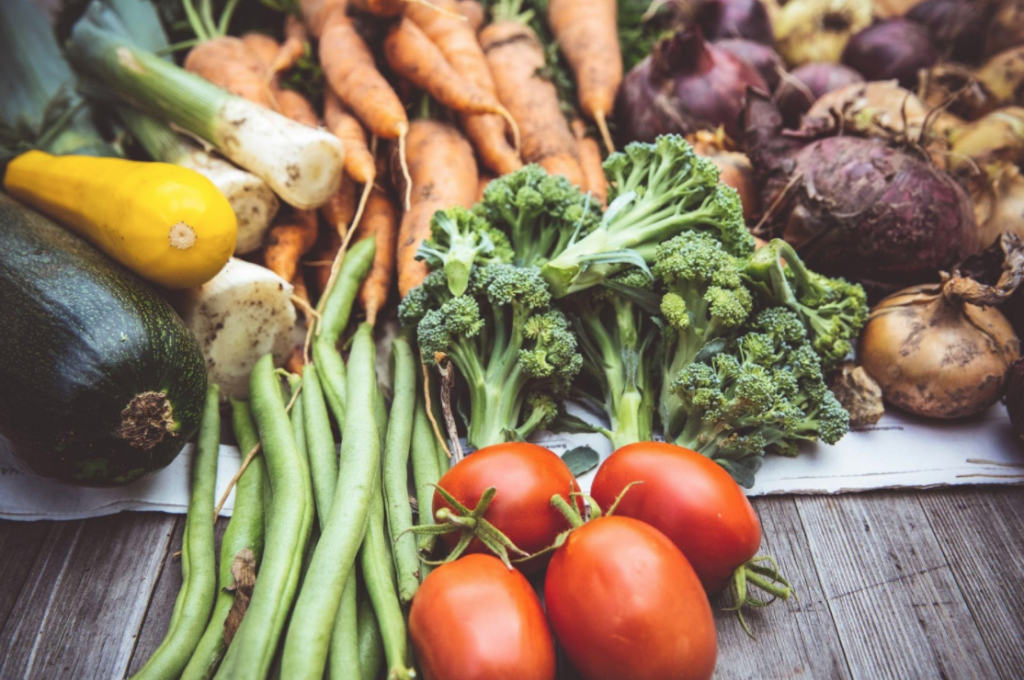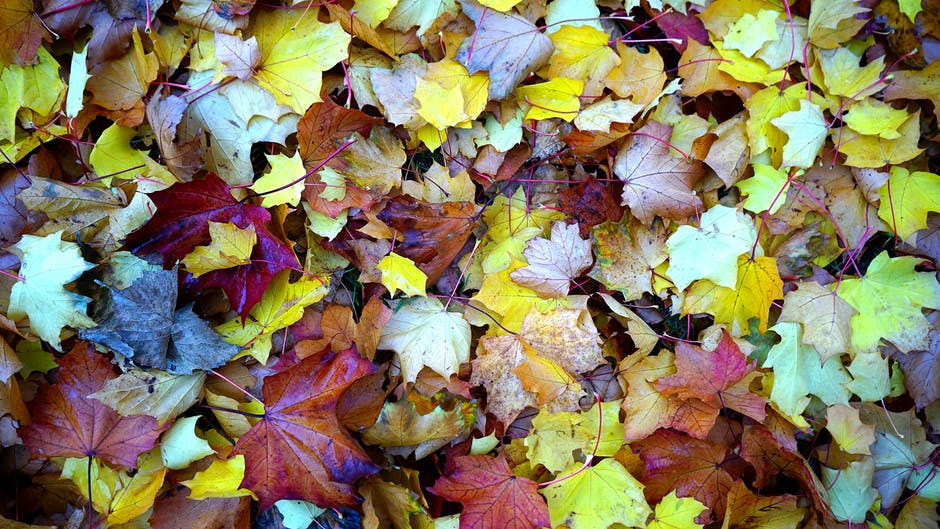Plant Your Food: 10 Vegetables to Grow Fresh at Home
Plant Your Food: 10 Vegetables to Grow Fresh at Home
If you love eating your vegetables, you’ll know firsthand that the taste of freshly harvested produce is just incomparable to the ones you get at the grocery store. For this reason, many people have taken up home gardening. Indeed, growing your produce ensures that you have fresh vegetables any time you want.
In addition, gardening is a pastime that’s great for your physical and mental health. Spending more time outside planting, digging, and getting more fresh air will definitely bring a positive impact to your overall well-being. Plus, being able to harvest your own food is such an accomplishment!
Starting your home garden isn’t as complicated as you think it might be. If you’re looking for ideas on what vegetables to start planting, then you’ve come to the right place. Listed down below are ten vegetables to start growing at home.
Tomatoes
Technically speaking, tomatoes are a fruit that is considered a vegetable by nutritionists. Due to its culinary versatility and health benefits, many opt to grow them in their gardens. There are many tomato varieties, each with varying flavor profiles.
If you’re looking for especially juicier and tastier types, choose the heirloom tomato. However, keep in mind that these tomatoes are grown through open-pollination. Learn More about growing tomatoes when you visit Gardener’s Path.
Bell Peppers
Unlike other peppers, bell peppers do not contain capsaicin, making them less intense and spicy. Instead, one will notice that these plants are sweeter—making them ideal for adding more flavor to dishes such as soups, salads, and even salsa. Bell peppers also come in different colors, depending on how ripe they were during harvest.
Spring Onions
Don’t worry about having a smaller garden; the spring onions will thrive in even the most minimal spaces. If you happen to have scrap spring onions after preparing a meal, you can plant them and successfully harvest them after three to four weeks.
They will grow both on the ground or in containers, provided that they’re planted in humus-rich soil with good drainage. Spring onions are nutrient-dense vegetables and a great addition to salads and stir-fries.
Carrots
Another beginner-friendly crop to grow is the carrot. They’re best planted during colder temperatures, preferably early spring or late fall. While they’re most famed for having high amounts of beta-carotene, carrots also have fiber, calcium, and vitamins C and K. If you’re trying to be healthier, include carrots in your diet!
Peas
Like carrots, peas also thrive under cooler weather. However, while they are relatively easy to grow, these plants do not stay fresh as long as others. Thus, you must harvest and eat peas as soon as you can.
To grow them, you must select a location with good sun and well-draining soil. To add, you must keep their rows at least seven inches from one another, so ensure you have enough space in your garden.
Onion
If you want to protect your plants from pests such as aphids and Japanese beetles, growing onions nearby will do the trick. They can be grown during spring or fall and will be happiest with loose and fertile soil. Fertilizing them once every few weeks will also help you in producing bigger and healthier onions.
Garlic
Not a lot know this, but garlic is considered to be a root crop. Despite their size, they are rich in phosphorous, potassium, magnesium, folate, zinc, and vitamin C. If you’ve always wanted to grow these versatile plants, you’re in luck! Garlic is virtually maintenance-free and will grow from individual cloves that are broken off from a whole head.
Lettuce
Popularly used in salads and sandwiches, the fresh, crispy texture of lettuce is loved by many people. Fortunately, growing them in your own garden is as easy as 1, 2, 3! Plant lettuce seeds in pots, and make sure that you keep their soil moist. If you feel like they need more hydration, simply water them with a spray bottle.
Cucumbers
If you happen to have bigger space available in your garden, why don’t you grow some vines? An excellent vine crop is the cucumber, perfect for growing during summer. They add a fresh flavor to salad and juices and can even be used for skincare. When growing cucumbers, remember to provide their vines with a trellis for healthier produce.
Cabbage
If you live somewhere with a long, cool season, then planting cabbages is ideal for you. These nutritious vegetables have different varieties, such as savoy, napa, red, and green cabbages. Regardless of the type you have, you’ll be sure that you can cook them in many different ways.
Takeaway
Whether you’re intent on keeping food wastage to a minimum, trying to save some money, or looking for a fun, new hobby, growing your vegetables is a highly rewarding activity. If you’re now fully convinced to plant your food, the ten crops listed above will surely help you kickstart your vegetable gardening journey.


